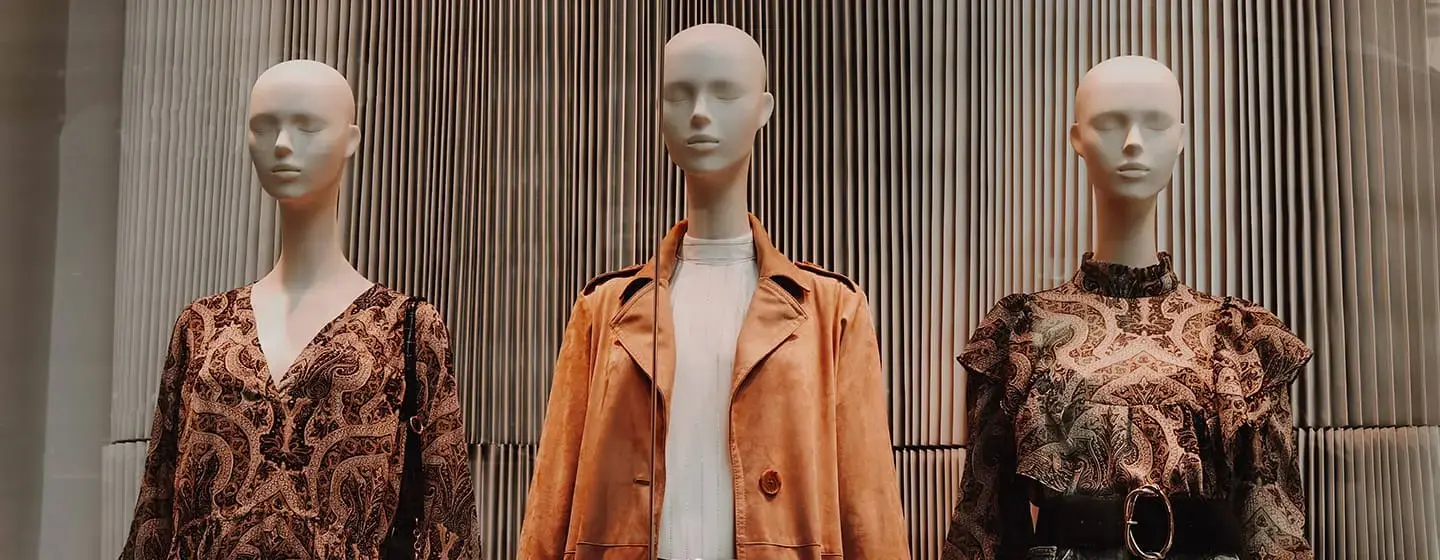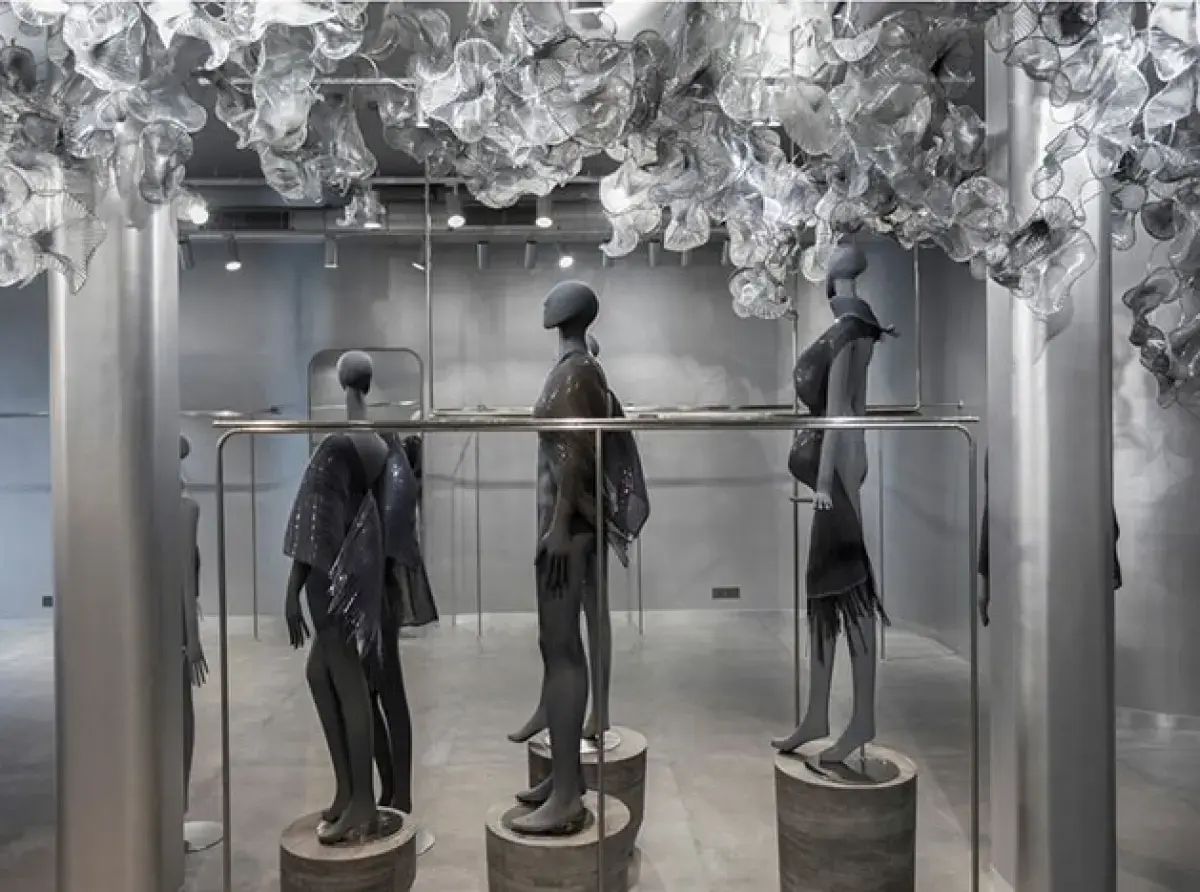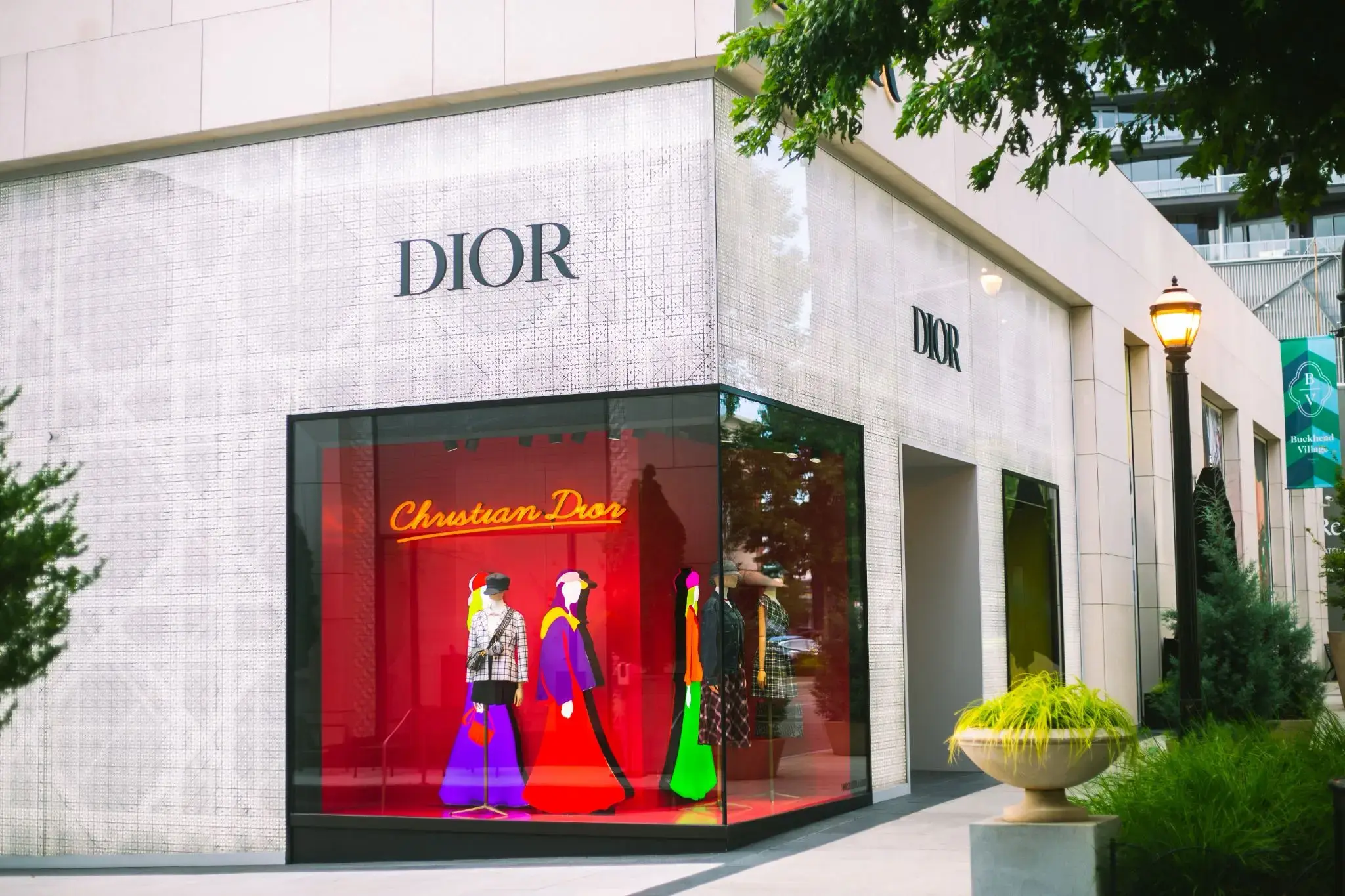Visual Merchandising in Retail Stores – Window Display
- Graphic Design, Product Design
Visual Merchandising in Retail Stores – Window Display
Contact us
Bengaluru
Campus 1 : JD School of Design, No. 18-1, Brigade Road, Bengaluru,Karnataka – 560 001.
Campus 2 : No. 40, Swan House, 4th Cross, Residency Road, Bengaluru, Karnataka – 560001.
Goa
Musthtifund Saunstha , Near Mahalaxmi Temple,Dada Vaidya Road, Goa-403001
Visual Merchandising in Retail: The Power of Store Display Windows
Visual Merchandising makes retail store windows silent salespeople, and they work 24/7 to attract customers and entice them into your store. Visual merchandising, which is the art of strategically displaying products and props to create an appealing and memorable experience, is essential in making your windows sing like a silent siren.

Source: Instituto Marangoni
The Importance of Effective Window Displays
Effective window displays can:
- Increase foot traffic: A well-designed display can stop shoppers in their tracks and draw them into your store.
- Boost brand awareness: Your window display is an opportunity to showcase your brand personality and values.
- Highlight key products: Use your windows to promote new arrivals, seasonal items, or special offers.
- Create a positive brand image: A professional and visually appealing display reflects well on your brand.

Source DFU Publications
Key Elements of Visual Merchandising in Store Windows:
There are several key elements to consider when creating effective window displays:
- Theme: Choose a theme that is relevant to your brand, target audience, and the season.
- Product selection: Carefully curate the products you want to showcase, ensuring they are visually appealing and representative of your brand.
- Mannequins and props: Use mannequins and props to create interesting scenes and tell a story.
- Lighting: Use lighting to highlight key products and create a mood.
- Signage: Keep signage clear, concise, and informative.
Tips for Creating Successful Window Displays
Here are some additional tips for creating successful window displays:
- Keep it simple: Don’t overcrowd your display. Less is often more.
- Use a focal point: Draw the eye to a key product or element in your display.
- Consider the sightlines: Make sure your display can be seen from different angles and distances.
- Change your displays regularly: Keep your windows fresh and interesting by changing them up frequently.
- Track your results: Monitor the impact of your window displays on foot traffic and sales.
By following these tips and using your creativity, you can create window displays that will stop shoppers in their tracks and drive sales for your business.
Effects of a Successful Window Display:
Window displays can often make or break a person’s perception of a brand, Eye-catching, visually exciting window displays can entice people to explore inside a retail space whilst dull, uninspiring displays can lead them to keep walking and ignore the store altogether. Retailers need to design effective window displays to drive traffic into their stores. It’s a unique form of advertising that defines a store and gives the consumer an idea of what the brand is all about. Window displays are also an excellent way of increasing brand awareness more widely by sparking conversations between shoppers and attracting attention from media outlets, bloggers, and online influencers. Research published in the Journal of Retailing and Customer Services highlighted how the information communicated by a store’s window display has a direct, prominent impact on the decisions and shopping behaviors of consumers and revealed how product-focused displays are the most effective when it comes to generating sales.
Main Types of Window Displays:
As we have mentioned, there are many different types of window displays. Each brand will have different goals, approaches, and resources, all of which will be reflected in the style of display they use. The most appropriate one for a particular brand will depend entirely on the following factors:
- Target market
- Store location
- Window size
- Products being displayed
- Brand identity

Intelistyle
The main types of window displays used by retailers are:
- Closed window displays
- Semi-closed window displays
- Open window displays
- Elevated window displays
- Corner window displays
- Island window displays
- Shadowbox window displays
- Open Window Display
Open window displays have no walls or panels behind the mannequins or merchandise to allow passers-by to see through the display itself and into the main store area beyond. Open windows are an excellent choice for retailers that are keen to showcase other product displays within the store or for brands that provide exciting in-store experiences. By enabling shoppers to get glimpses of what’s on offer inside, open window displays can prove to be an ultra-effective way of tempting people through the doors.
Conclusions
Window displays are one of the most important aspects of retail design and visual merchandising strategies. They are proven to capture the attention of shoppers and entice them into a store to explore the products and services within before making a purchase. With proper planning and innovative designs, window displays can effectively boost brand awareness and footfall.
Unlock Your Visual Merchandising Potential:
JD Design Institute empowers you to become a visual maestro with its comprehensive course offerings:
- Certificate Course in Visual Merchandising: Gain the fundamentals of creating impactful displays, exploring color, lighting, composition, and product storytelling.
- Diploma in Visual Merchandising: Deepen your knowledge with advanced techniques, covering trend analysis, window display design, and space planning.
- Advanced Diploma in Visual Merchandising: Become an industry expert, diving into retail branding, marketing strategies, and omnichannel visual merchandising.
Visual merchandising is an art and a science. With the right training and a creative spark, you can transform retail spaces into powerful sales engines and unforgettable brand experiences.
Ready to unleash your visual magic? Explore JD Design Institute’s visual merchandising courses and embark on your journey to retail success!

